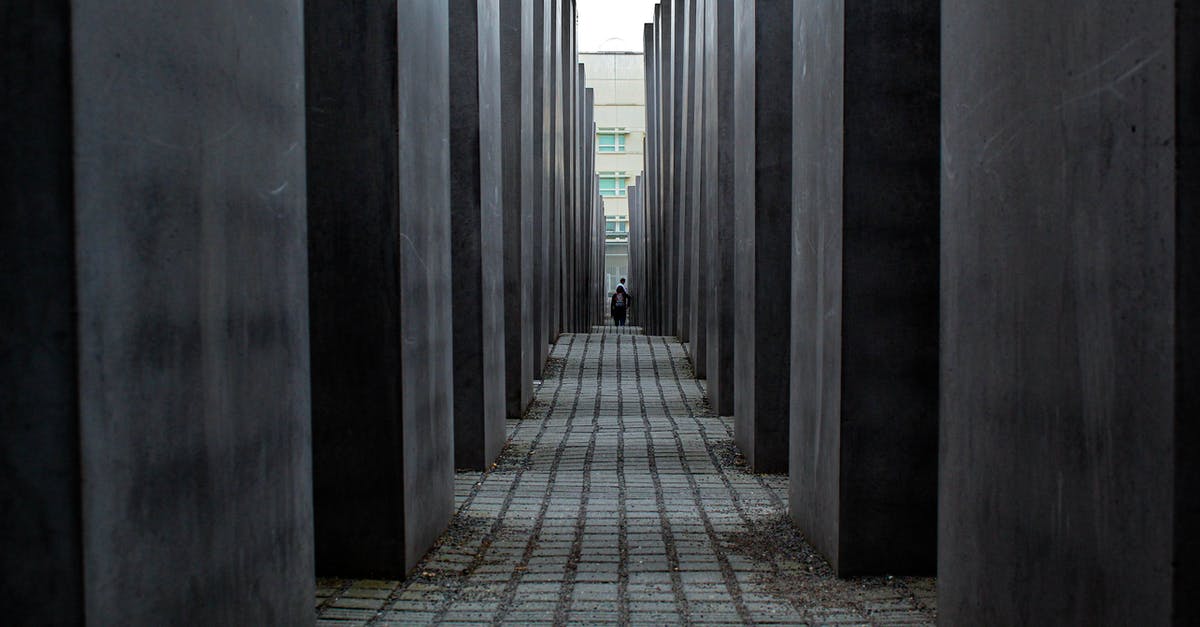How are Streets of Fire's end credits structured so unusually (or are they)?

It was only recently that I conciously noticed that Streets of Fire employs quite an unusual structure for its end credits. When the movie ends, first the cast list scrolls over a view of the last scene, then it fades to black and the rest of the credits roll, beginning with the list of songs, then all the other stuff follows, producers, ...
This strikes me as quite unusual, since in most every other movie credits I've seen the list of songs appear at the very end of the credits, right before the various disclaimers, identification numbers and stamps. Now, the music definitely plays a very important role in this movie, so from an artistic standpoint it seems a natural move to list all the songs first. But I am so used to seeing the songs as the very last item of the credits that I thought this was some kind of regulated standard or maybe at least unwritten law.
So, first of all is there any kind of official or semi-official regulation that determines the list of songs in the movie to appear at the end of the end credits or is this really free to be structured as every filmmaker/production company likes? In the latter case, why is it still so seemingly usual to list the songs at the end (or is it?)? And in the former case, was there any bureaucratic or whatever-natured hurdle to overcome for the movie to show its songs at the beginning of the end credits? Or is this merely a perception issue on my part and it isn't that uncommon to restructure the end credits? Or has it just gotten more restricted over time and back in 1984 the rules/guidelines were laxer?
Those are admittedly quite a bunch of questions, but I hope it's apparent that they all play into the single bigger question of "what's the matter with those seemingly unusual end credits?".
Best Answer
Zak Forsman has a guide to credits that he has posted on a few sites (see link for order).
The order of [opening credits, or first part of the closing credits if opening credits are not used]* is determined by guild rules -- SAG, the DGA, WGA and other unions. The order in which credits are billed generally follows their importance to the film, just not linearly. First is usually the motion picture company, followed by the producer, then the 'a film by' credit. Then we see the Title followed by the cast. from there we reverse gears on the whole "order of importance" guideline and work backwards to the director...
Closing credits do not have any hard and fast rules that dictate how they need to be ordered. But there are conventions that have been established. If you intend to have no opening credits (something George Lucas left the DGA over) you basically put the Director, Writer and Producer credits first, then go down the line for the closing credits ... special consideration is given for "name" actors, often they are credited just before the title comes up. and again, you have a lot of wiggle room with closing credits. some films credit the entire cast first, before the director. you have options here.
*Emphasis and changes, mine.
So guild, and probably production company rules apply. As with most things in Hollywood, anything can be negotiated, so nothing is set in stone.
The International Film School of Sydney has this rule:
For all films produced at IFSS there must be a complete credit sequence built upon the template below. Obviously if your particular production did not have a particular role then it shouldn?t be included; likewise specialist roles not mentioned below but of significance to the film should be added. What is important is that the essential order of roles below is maintained.
SAG rules (9. Billing-Credits):
(Theatrical) Films with a cast of 50 or less, all performers shall receive screen credit. All other films, not less than 50 performers shall be listed at the end of the film. Stunt performers need not be identified by role. Should the Producer fail to meet the requirements of either the billing or credit provisions, [damages provided].
Of course the finer details are embedded in contracts between the Guilds and production and other companies involved, and typically not available publicly.
Pictures about "How are Streets of Fire's end credits structured so unusually (or are they)?"



Why are movie credits so long now?
Film was more expensive to work with and process, so each added reel had an impact on the budget. Now that films are primarily projected in digital, this cost is no longer an issue. And credits have ballooned to their greatest lengths in the past decade.How do TV show credits work?
In a motion picture, television program or video game, the opening credits or opening titles are shown at the very beginning and list the most important members of the production. They are now usually shown as text superimposed on a blank screen or static pictures, or sometimes on top of action in the show.When did they start putting credits after the movie?
The use of closing credits in film to list complete production crew and the cast was not firmly established in American film until the late 1960s and early 1970s.How do movie credits work?
The opening credits inform the audience which studios or production companies were involved in making the film, and they run the names of the major stars in the cast. The end credits, which appear after the final scene of a film, list everyone involved in the production.Tonight is what it means to be young - Streets of Fire.ost
Sources: Stack Exchange - This article follows the attribution requirements of Stack Exchange and is licensed under CC BY-SA 3.0.
Images: Martino Grua, Tom Fisk, Luciann Photography, Joey Lu
